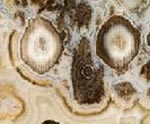
| deutsche Version |

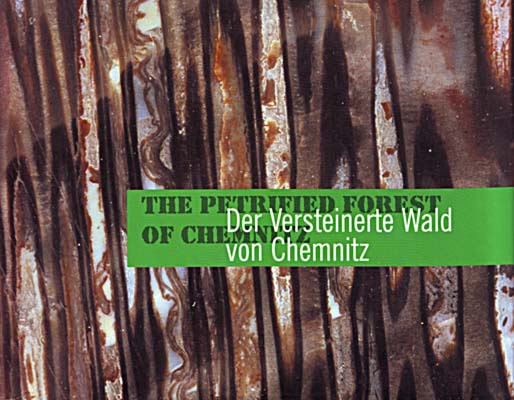
| Bild Nr. | Vergr. falsch | Vergr. richtig | R.
Rößler: Der
versteinerte Wald von Chemnitz, Museum für Naturkunde Chemnitz 2001 |
| 46 63 66 67 71 177 191 198 202 336 394 397 442 460 |
4
: 1 10 : 1 20 : 1 1 : 1 20 : 1 2 : 1 35 : 1 1 : 1 4 : 1 12 : 1 1 : 3 1 : 4 4 : 1 20 : 1 |
2
: 1 5 : 1 5 : 1 1.7 : 1 17 : 1 1.6 : 1 60 : 1 1 : 6 2.5 : 1 24 : 1 1 : 4? 1 : 3 1 : 3.3 1 : 20 |
The
erroneous
size information has been found out by comparison with the original
objects
(Figs. 63, 66, 67, 191) or with corresponding pictures in
publications appearing trustworthy. Very probably there are more
erroneous data as only a small fraction of the pictures has been
checked. Further examples for dubious size data: Figs. 181, 192, 394,
440, 479. An unknown fraction of the pictures are mirror images of the original, and a large fraction is also found in other publications, which enables sizes to be compared, despite of modified orientation and frame boundaries. Other errors and inconsistencies found in this monograph are dealt with under the heading "Other errors and mistakes" below and in German under "Irrtümer". |
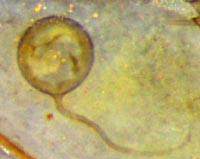
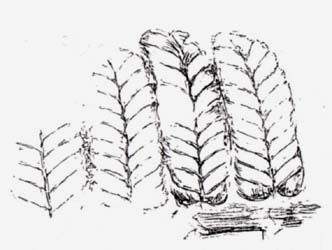 M. Barthel:
The maggot stones from Windberg ridge,
Germany,
M. Barthel:
The maggot stones from Windberg ridge,
Germany, 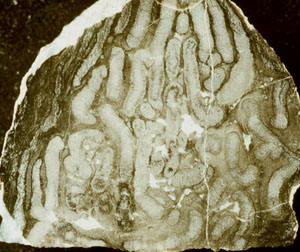
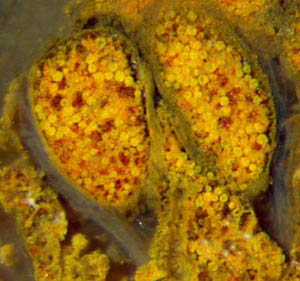
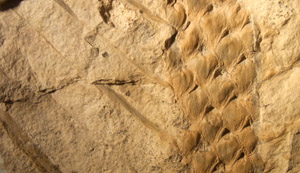
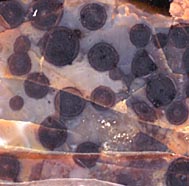
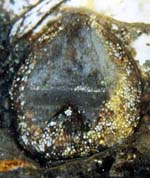
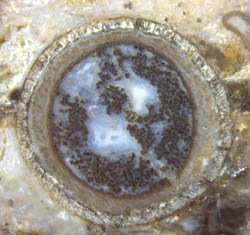
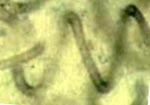
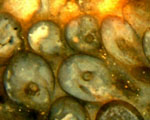

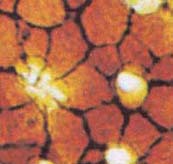
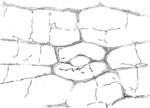
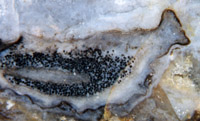
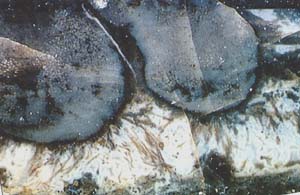 The rhizoids are never seen scattered around the tuber as in
[3],
Fig.8:40, but densely spaced below like a broom.
The rhizoids are never seen scattered around the tuber as in
[3],
Fig.8:40, but densely spaced below like a broom.
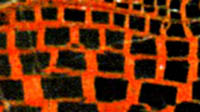 p.179,
180, Fig.449, 450: What is claimed to be silicified
charcoal is no such but most likely rotten
and shrunken
wood.
p.179,
180, Fig.449, 450: What is claimed to be silicified
charcoal is no such but most likely rotten
and shrunken
wood.
|
|
|
|